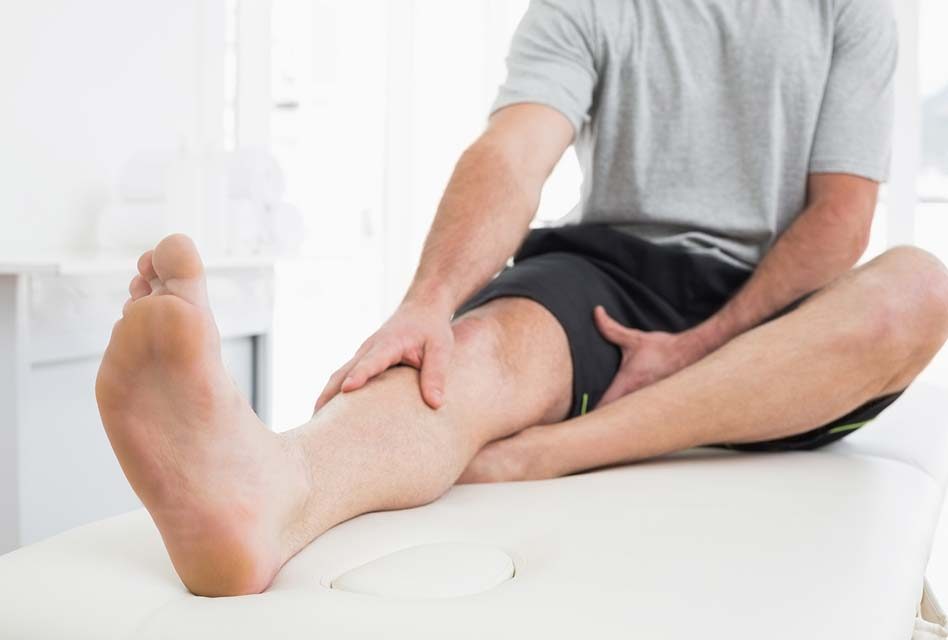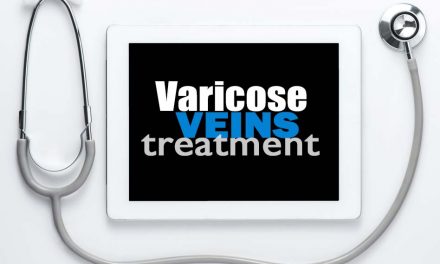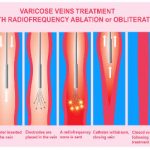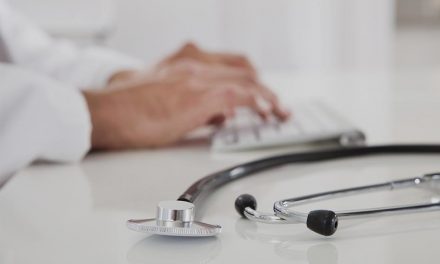
Why Varicose Vein Surgery Does Not Include Stripping Veins Anymore

Astonishing New Technologies Replace the Old Painful Stripping Surgery
Stripping Veins with Surgery is Out; Minimally Invasive Procedures Are In
In Pittsburgh and throughout the country, new procedures are being used to replace outdated varicose vein surgery.
The growth of these innovative technologies is unparalleled in modern medicine.
Once surgery and hospitalization were no longer required, the movement towards newer and newer tools developed rapidly.
The latest varicose vein treatments include glue, proprietary foam sclerotherapy and a combination of sclerotherapy and mechanical methods of treatment.
One of the reasons for this explosion of novel methods of treating varicose veins was the preponderance of the disease itself.
Millions of Americans suffer the ravages of varicose vein disease including its later stage manifestations of excruciating painful ulcerations, bleeding and phlebitis.
Doctors are attracted to this field which is termed phlebology. Phlebology is the field of treating venous disease which centers around the management of varicose and spider veins.
This management always includes getting rid of or removing the problematic veins.
Removing these large veins does not harm your circulation. The blood is rerouted to normal veins especially the ones deep in the leg.
Your circulation is improved. Blood no longer backs up in your veins causing them to distend.
The Most Commonly Used Modern Treatments for Varicose Veins
Radiofrequency and Laser Surgery for Varicose Veins
These two advances started the ball rolling. Radiofrequency was FDA approved in 1999 and radiofrequency in 2002. Many people are more familiar with the laser treatment of varicose veins.
With both techniques, catheters are inserted into the saphenous veins. These procedures heat the targeted vein to seal them shut.
Usually the target veins are saphenous veins. They are sometimes thought of as the root of varicose veins.
Blood backs up and goes the wrong way because of faulty valves within these veins. The technical name for this is reflux or venous insufficiency.
That waterfall theory of varicose vein disease states that the problem starts in the saphenous veins. This idea has been challenged.
The major proponents of leaving the saphenous veins alone except when the disease is advanced are the European doctors.
If only the saphenous veins are treated, recurrence is likely. Therefore, the branches of the saphenous veins (the varicose veins that you usually see on the surface of the skin) must also be treated.
Because the varicose vein branches are tortuous, the stiff radiofrequency and laser catheters cannot be used.
Therefore, total eradication of your varicose veins also involves either removing them through mini incisions often made by a needle or by injecting medicine to make them shrink and become absorbed.
Phlebectomy to Remove Varicose Veins
This surgical technique is especially helpful when the varicose veins are large. The veins are numbed with local anesthetic.
A small nick is made in the skin. If a needle is used for the mini incision, scarring does not usually occur.
The vein is removed using special hooks and hemostats. Removing these veins from the body ensures that they can never return.
The recovery is faster than with sclerotherapy and usually cosmetically superior. Since the procedure is tedious and time consuming, large amounts of varicose veins may need to be treated in stages.
Technically, this is still varicose vein surgery.
However, the advantages are:
- It is minimally invasive.
- There are no scars.
- Pain medicine is not required.
- General anesthesia is not necessary.
- You don’t have to go to the hospital.
- It’s done in the office setting.
The cosmetic results are actually superior to sclerotherapy because hyperpigmentation is rarely seen.
Sclerotherapy or Injections for Varicose Veins
The most common question about varicose veins that patients ask about injection sclerotherapy is what medicine is used.
There are two FDA approved medications for sclerotherapy. They are sotradecol and polidocanol.
Both medicines are classified as medical detergents. They are injected with a tiny needle and syringe.
They destroy the inner lining of the vein called the endothelium.
The vein dies and is slowly absorbed by the body.
It is most useful for smaller varicose veins.
Phlebectomy is more useful for large varicose veins.
Compression Stockings for Varicose Veins
Compression stockings can be worn to control the symptoms of varicose veins including pain, ache, heaviness, swelling of the leg, itching, and cramping.
Most people complain about the support stockings initially. After a period of adjustment, many patients like the feeling of support that the stockings provide and some continue to wear them.
The main problem with compression stockings as a long-term solution is compliance. In hot weather, they are not practical.
In addition, most people want to get just get rid of their varicose veins because they are also unsightly.
Conclusion
Varicose vein surgery requiring general anesthesia, hospitalization, and scarring is no longer done in our Pittsburgh vein center.
The purpose of this article is to review the latest proven minimally invasive varicose vein surgery.
This introduction to these most commonly used techniques to get rid of varicose veins may cause some to stifle a yawn.
However, the majority of my patients are unaware of these important facts.
Know what is happening in the varicose vein world.
Be an informed consumer.
If you are bothered by your unsightly or painful veins, call us at 724-987-3220 to learn more about the modern alternatives used in our office which replaces the outdated stripping surgery for varicose veins.








